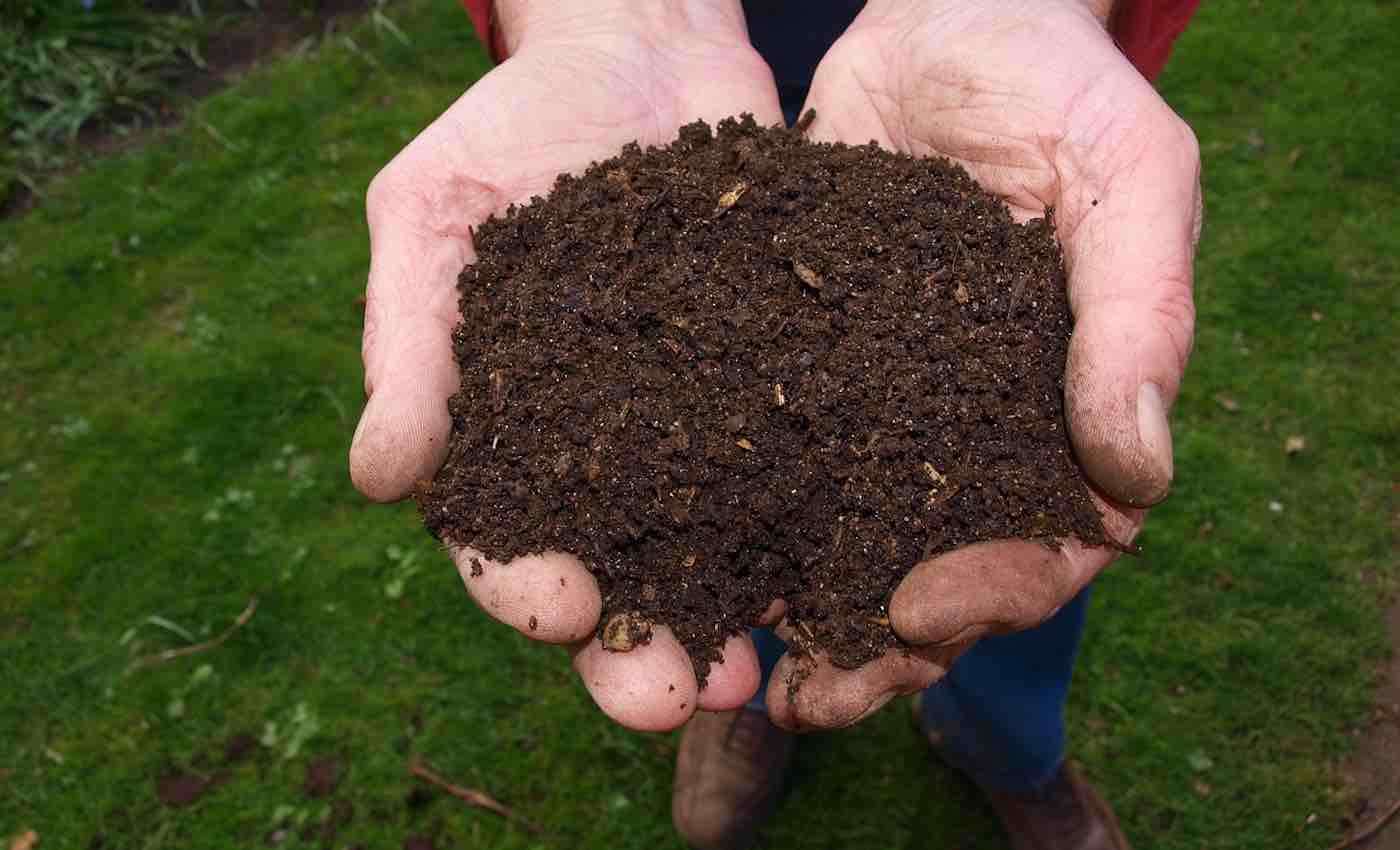Here's What Dad Really Wants for Father's Day (According to a New Poll)
A new poll of 2,000 dads revealed what American fathers really want for Father's Day, and some of the favorite gifts won't cost you any money at all.

If you have gardens around your house, it's time to become aware of free resources you have been throwing away and opt to start composting as a way to increase your sustainability-and the health of your plants.
Creating your own compost reduces waste that goes into local landfills-and the result is "black gold". Spreading it on your gardens will foster a better environment for plants while improving the long term health of the soil environment.
Naturally occurring biological processes driven by bacteria and fungi break down unwanted kitchen and yard waste, turning it into an organic material that is rich in nutrients and helpful soil bacteria that bolsters healthy roots.
Home composting can seem like a daunting task initially, but with a few steps outlined here it's easy to begin a lifelong environmentally-beneficial habit.
To begin composting it's important to understand the fundamentals, and why materials need to be balanced in a proper ratio for the magical decomposition to occur.
In the simplest terms, most kitchen and yard/garden waste is classified as being either 'brown', which is carbon-based, or 'green', nitrogen-based. The 'black gold' results when the two types of materials are mixed in the proper balance. A simple rule of thumb is to make sure the compost pile has approximately 2/3 "brown" materials-like dead leaves and sticks- and 1/3 "green" materials-like rotting vegetables, banana peels, and coffee grounds.
Carbon-based materials give compost its light, fluffy body and typically consists of items that are more wood-based, or fibrous. Fireplace ashes, sawdust, or pine needles are also considered "brown" and provide food for the bacteria and microorganisms.
Nitrogen or protein-rich material (manures, food scraps, green leaves) provides the raw materials (amino acids and proteins) needed for the enzymatic reactions that are occurring. These items are considered "green" materials.
Buy an attractive compost bucket with a handle for your kitchen, to collect the egg shells, vegetable waste and coffee grounds-it makes the whole process more fun.
Now on to building a pile… The simplest way to compost is to create a pile or heap in the yard, tending to it as necessary. Situate it in a dry, shady spot, if possible.
Start by clearing a space in the yard or garden, removing grass and other plants to expose the bare soil. This allows earthworms and microorganisms to come up out of the soil into the pile, encouraging a speedier decomposition process. One method is to dig a big hole there. You can use the dirt exhumed for covering the pile, which keeps the bees or other critters away.
Another method is to build up a layer of straw or twigs as a base. A few inches of materials helps aerate the pile and provide good drainage.
Once you've created a base or hole, add your layers of waste, alternating between brown and green materials. Incorporate a nitrogen source such as manure or fresh grass clippings to activate the decomposition process, especially if you don't have many worms. Some gardeners will even add a small amount of nitrogen fertilizer to jumpstart the composting.
Turning the compost pile every few weeks with a shovel or pitchfork will speed the breakdown of materials by providing oxygen and fresh "food" to the bacteria breaking down the waste under the surface.
As a natural process, decomposition has the ability to fluctuate its speed based upon the conditions and materials in a compost pile. To facilitate quicker breakdown, heed the following tips and tricks.
Soon, all this organic material will begin to look like really dark soil with a deep, earthy smell. The pile will always shrink down in size, as the composting progresses, and none of the food scraps or sticks will be recognizable.
Finally, it's time to start incorporating the compost into the garden and reaping all the benefits!
Matt Hagens writes at yardcare.life about all things yard care and gardening. His website offers buying guides, product reviews and informative articles. He lives in Pennsylvania with his wife and 3 girls.
You Might Also Like…
Man Creates Gardens For Unwanted Bees, Grows Free Food in 30 Abandoned Lots
Man Creates Gardens For Unwanted Bees, Grows Free Food in 30 Abandoned Lots
Be the first to comment